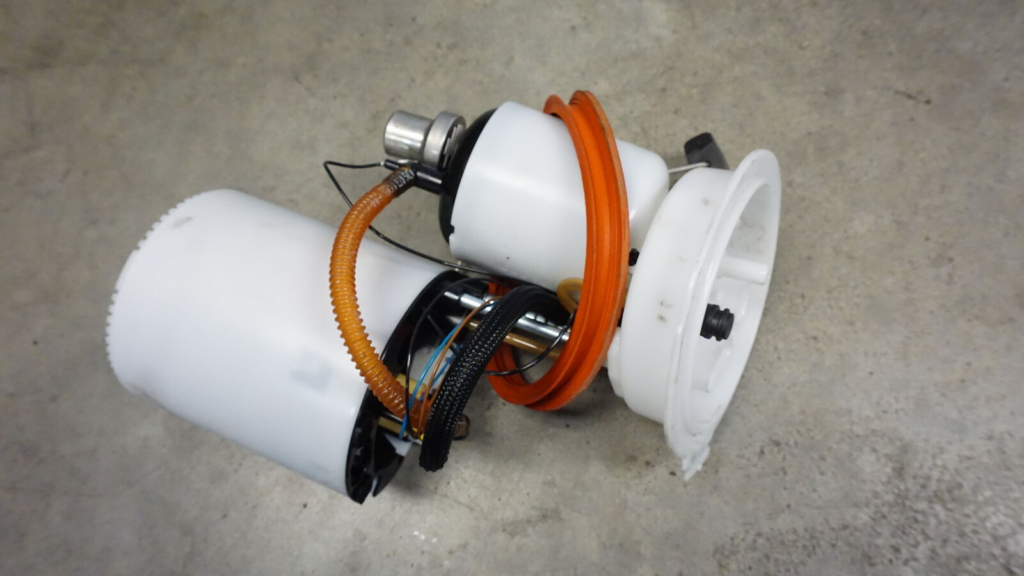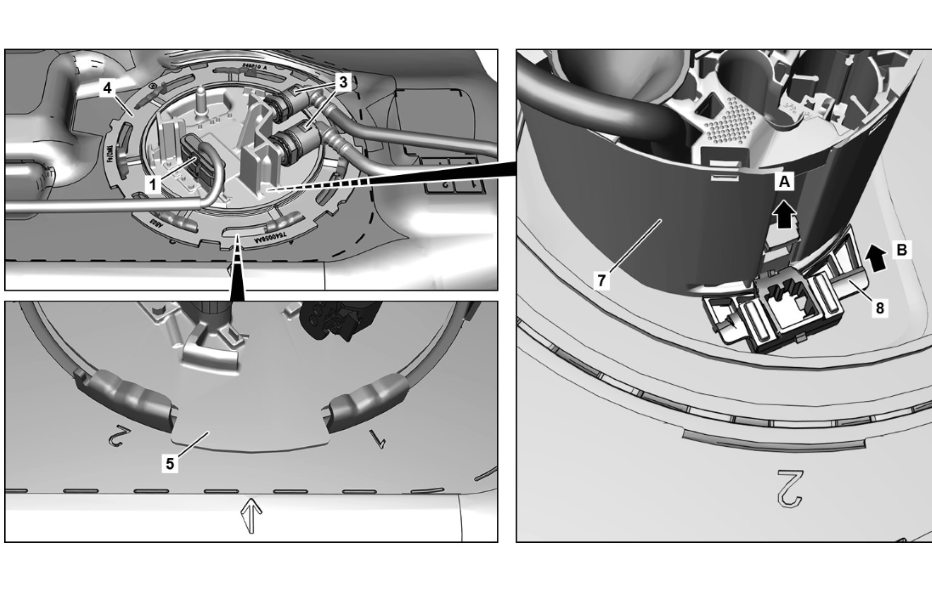Table of Contents
Why Is My Car Cranking But Not Starting? Step-by-Step Mercedes Case Study
One of the most frustrating experiences for any driver is when the engine cranks but won’t start. You can hear the starter motor turning the engine, but it never catches and runs. For modern Mercedes-Benz vehicles, this can stem from issues with fuel delivery, ignition control, ECU communication, or even damaged wiring.
In this case study, we’ll examine a 2020 Mercedes-Benz A-Class (W177) equipped with the M260 engine that cranked but refused to start even after multiple component replacements. The solution shows why proper diagnostics always beat part-swapping.
Common Causes of a Car Cranking But Not Starting
| System | Possible Issue | Effect on Engine Start |
|---|---|---|
| Fuel System | Faulty pump, blocked filter, defective fuel pump control module | No fuel reaches injectors |
| Ignition System | Weak spark, bad crankshaft sensor, faulty coils | Engine cranks but fails to ignite |
| Electrical System | Low voltage, damaged wiring, bad ground | Interrupts signal transmission |
| ECU / Communication | CAN bus fault, coding error, corrupted module | Control units fail to communicate |
These failures can mimic each other, making accurate diagnostics essential before replacing components.
Customer Complaint: Cranking But No Start
The owner of a 2020 Mercedes A-Class W177 reported that the engine cranked continuously but wouldn’t start.
They had already replaced:
- – The fuel pump, and
- – The fuel pump control module,
…but the problem persisted a clear indication that the fault was deeper than the replaced components.
1. Initial Assessment
The car was brought to our workshop for fuel pump control module coding using Mercedes XENTRY Diagnostics.
Upon connecting the diagnostic system:
- – Multiple communication fault codes appeared.
- – The new fuel pump control module showed no communication with the CAN network.
This eliminated the possibility of a defective new module and pointed instead to a network wiring issue.



2. Diagnostic Process
Step 1 : Wiring Diagram & Power Verification
Using the official WIS wiring diagram, the technician checked for power and ground at the fuel pump control module.
- – Power Supply: Normal (12V present)
- – Ground: Intact
- – CAN High/Low: No signal detected
The absence of CAN communication confirmed a network line failure.


Step 2 : CAN Line Continuity Test
Using a multimeter, continuity tests were performed on the CAN H and CAN L wires.
A section of the CAN L wire under the vehicle showed open circuit readings.
Further inspection revealed physical damage to the wire, likely caused by undercarriage stress or abrasion.
Step 3 : Repairing the Damaged Wire
The technician:
- 1. Removed the harness section under the car.
- 2. Repaired and insulated the damaged CAN wire.
- 3. Verified resistance across the network (approx. 60 Ω, within normal range).
Once repaired, communication between the ECU and the fuel pump module was immediately restored.
3. Outcome
After the wiring repair:
- – Communication between modules was re-established.
- – The fuel pump control module responded correctly in XENTRY.
- – The engine started immediately and ran smoothly.
Final Result: The vehicle was fully operational again no fault codes, no cranking issue, and proper fuel delivery.

4. Case Study Summary
| Issue | Root Cause | Fix |
|---|---|---|
| Car cranks but won’t start | Damaged CAN communication wire to fuel pump control module | Repaired wiring under vehicle |
| Fuel pump and module replaced unnecessarily | Misdiagnosis before wiring inspection | Conducted proper CAN and voltage tests |
| Communication faults in XENTRY | Open circuit in CAN L wire | Restored circuit, verified communication |
5. Key Takeaways
- – Communication faults can mimic fuel system failures always verify wiring before replacing parts.
- – CAN Bus continuity and voltage checks are critical when a control unit won’t communicate.
- – Replacing parts without testing underlying circuits leads to unnecessary costs and time loss.
6. Related Diagnostic Resource
If you’re facing similar starting problems, explore our full troubleshooting hub:
Mercedes No Start Issues: Causes, Fixes & Case Studies : a complete guide covering electrical, fuel, and ECU-related no-start scenarios across multiple Mercedes models.
7. Signs of a Failing Fuel Pump
| Symptom | Possible Cause |
|---|---|
| Engine cranks but doesn’t start | No fuel pressure reaching injectors |
| Engine stalls after starting | Intermittent pump failure |
| No sound from fuel pump on ignition | Relay fault or dead pump |
| Poor acceleration / low power | Inconsistent fuel delivery |
| Check engine light for low pressure | Faulty relay or clogged filter |

8. Temporary Fixes for a Bad Fuel Pump
These can help start the car in emergencies, but should never replace proper repair:
| Method | Description |
|---|---|
| Check fuel pump fuse & relay | Replace if blown or defective. |
| Tap the fuel tank | Lightly tap bottom of tank to free a stuck pump motor. |
| Use starter fluid | Spray into air intake to verify combustion readiness. |
| Ensure proper battery voltage | Weak battery can prevent pump activation. |
These are temporary measures the underlying fault must still be professionally diagnosed.
9. Prevention Tips
- – Protect underbody wiring from abrasion and corrosion.
- – Avoid excessive water exposure under the chassis.
- – Schedule regular diagnostic scans every 20,000 km.
- – Keep fuel system clean with OEM filters and high-quality fuel.
FAQ
1. Why does my car crank but not start even after replacing the fuel pump?
Because the issue may lie in the wiring or communication line (CAN network), not the component itself.
2. How do I know if my Mercedes fuel pump control module is bad?
If there’s no communication detected in XENTRY or voltage mismatch on the CAN lines, the module or wiring is suspect.
3. Can wiring damage cause the engine not to start?
Yes, broken or corroded CAN wires will block communication between ECUs, disabling start authorization.
Author Bio
Written by Mercedes Expert
With years of hands-on experience diagnosing and repairing Mercedes-Benz systems, he brings technical depth and practical case studies to help car owners, technicians, and enthusiasts troubleshoot complex automotive issues. His work focuses on clear repair guides, OEM-level procedures, and knowledge-sharing to empower both professionals and drivers.
Last update: October 2025






Leave a Reply